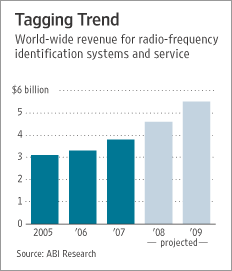“The race is on for better forecasting abilities, as the next peak in solar activity is expected to come around 2012.” …and this event will be much, much more serious than you will ever be told.
The elite knows what is coming and prepares for it:
– ‘Doomsday’ seed vault opens in Arctic
– Investors Behind Doomsday Seed Vault May Provide Clues to Its Purpose (Part 2)
– African seed collection first to arrive in Norway on route to Arctic seed vault
The elite has built for themselves huge underground shelters, even cities. (Do some research.)
Now you know where all that money went that the government cannot account for.
Has the government also been preparing for the people? No, they are disposable.

Solar storms can cause colorful auroras, often seen in higher latitudes on Earth. NASA
A new study from the National Academy of Sciences outlines grim possibilities on Earth for a worst-case scenario solar storm.
Damage to power grids and other communications systems could be catastrophic, the scientists conclude, with effects leading to a potential loss of governmental control of the situation.
The prediction is based in part on a major solar storm in 1859 that caused telegraph wires to short out in the United States and Europe, igniting widespread fires.
It was perhaps the worst in the past 200 years, according to the new study, and with the advent of modern power grids and satellites, much more is at risk.
“A contemporary repetition of the [1859] event would cause significantly more extensive (and possibly catastrophic) social and economic disruptions,” the researchers conclude.
‘Command and control might be lost’
Read morePowerful Solar Storm Could Shut Down U.S. for Months

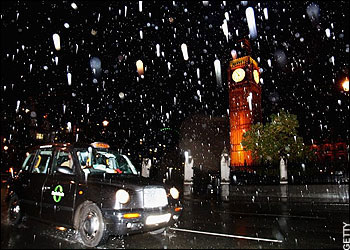
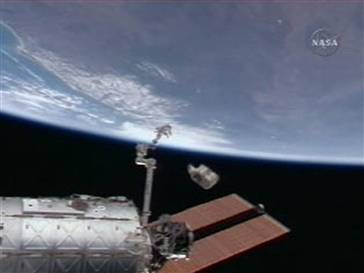
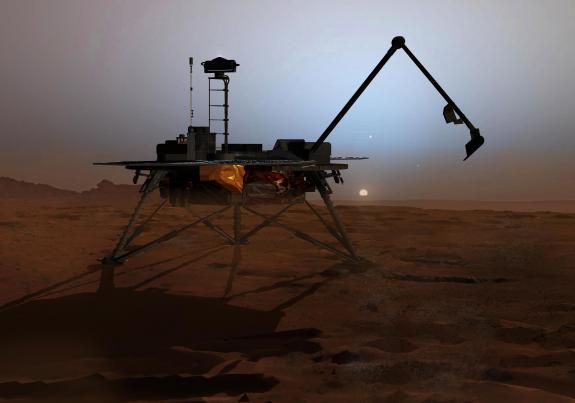
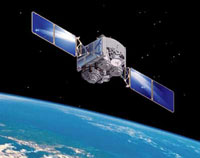
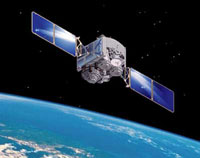

 The White House has been alerted by NASA about plans to make an announcement soon on major new Phoenix lander discoveries concerning the “potential for life” on Mars, scientists tell Aviation Week & Space Technology.
The White House has been alerted by NASA about plans to make an announcement soon on major new Phoenix lander discoveries concerning the “potential for life” on Mars, scientists tell Aviation Week & Space Technology.



